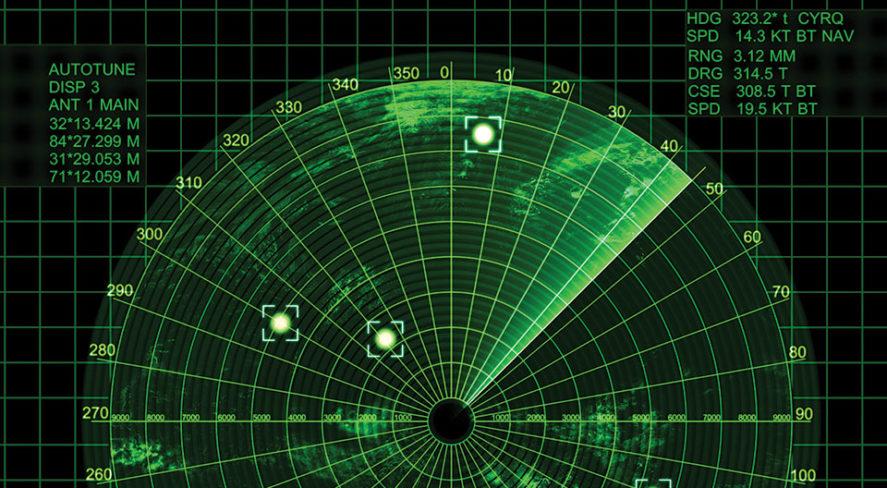During World War II, radar technology revolutionized warfare by providing early detection of enemy aircraft. Decades later, the same radars are proving their worth once again by detecting modern stealth aircraft that were designed to evade radar detection. How is it possible that WWII-era radars are still able to track these advanced aircraft? Let’s explore the fascinating science behind this intriguing phenomenon.
– Evolution of Radar Technology from WWII to the Present Day
One of the incredible feats of radar technology is its evolution from the rudimentary systems used during World War II to the highly advanced radar systems of the present day. Despite the vast improvements in radar technology over the years, WWII era radars are still capable of detecting modern stealth aircraft. This paradox can be attributed to the principles of radar detection and the constant cat-and-mouse game between radar engineers and stealth technology developers.
Modern stealth aircraft are designed to have minimal radar cross-sections, making them difficult to detect by radar systems. However, the older radars from WWII operate on different frequencies and principles compared to modern radars. These legacy radars may not have the sophistication of current radar systems, but their capability to detect stealth aircraft lies in their ability to utilize longer wavelengths that can penetrate the stealth coatings of modern aircraft. This unique characteristic allows WWII radars to still play a role in air defense systems, showcasing the enduring legacy of radar technology.
– Inherent Limitations of Modern Stealth Technology
Despite the advancements in modern stealth technology, there are still inherent limitations that make stealth aircraft vulnerable to detection by radar systems, including those dating back to World War II. One major limitation is that stealth technology primarily focuses on reducing radar cross-sections from certain angles, making them less visible to specific radar wavelengths. However, these stealth aircraft are not completely invisible to radar and can still be detected using certain tactics.
Additionally, improvements in radar technology have allowed for the development of systems that can detect stealth aircraft by utilizing different radar frequencies or by employing advanced signal processing techniques. This means that even though stealth aircraft are designed to evade detection by specific radar frequencies, they are not completely immune to detection by all types of radar systems. In essence, while modern stealth technology has significantly reduced the detectability of aircraft compared to traditional aircraft, it is not foolproof and can still be detected by certain radar systems, including those from WWII.
– Strategies for Enhancing Stealth Aircraft to Evade WWII Radars
Despite the advanced technology and stealth capabilities of modern aircraft, WWII radars can still detect them under certain circumstances. This is due to a combination of factors that make it challenging for stealth aircraft to completely evade detection by older radar systems.
One of the main reasons why WWII radars can detect modern stealth aircraft is due to the limitations of stealth technology itself. While stealth aircraft are designed to reduce their radar cross-section and infrared signatures, they are not completely invisible to radar. Additionally, advancements in radar technology have allowed for more sophisticated radar systems that can detect stealth aircraft by utilizing different frequencies and waveforms. To enhance the stealth capabilities of modern aircraft and better evade WWII radars, several strategies can be implemented:
- Incorporating new materials with advanced radar-absorbing properties.
- Developing more effective coatings to reduce radar reflections.
- Implementing radar-absorbing structures to minimize radar returns.
- Utilizing advanced jamming techniques to disrupt radar signals.
The Conclusion
the enduring legacy of World War II radars in being able to detect modern stealth aircraft serves as a testament to the ingenuity and lasting impact of the technology developed during that tumultuous period. Despite the advancements in stealth technology over the years, the fundamentals of radar detection remain a powerful force to be reckoned with. As we continue to push the boundaries of aviation and defense technology, it is important to remember and respect the pioneering work of those who came before us. The echoes of the past still resonate in the skies above, reminding us of the ever-evolving dance between innovation and ingenuity in the quest for military supremacy.
